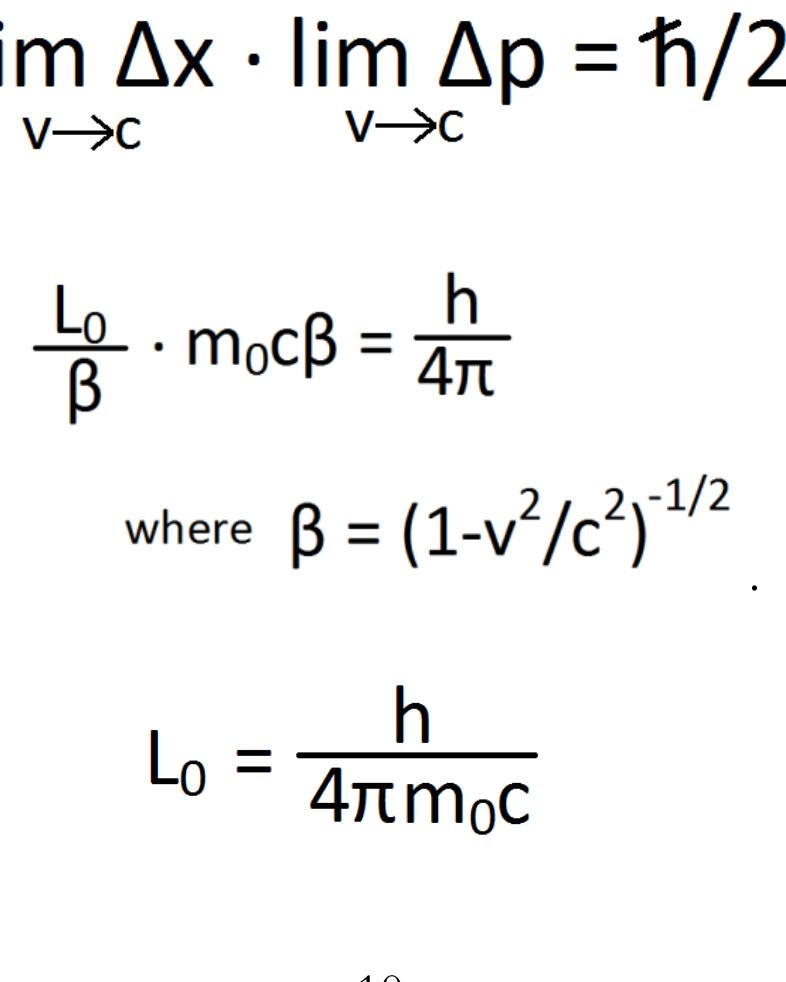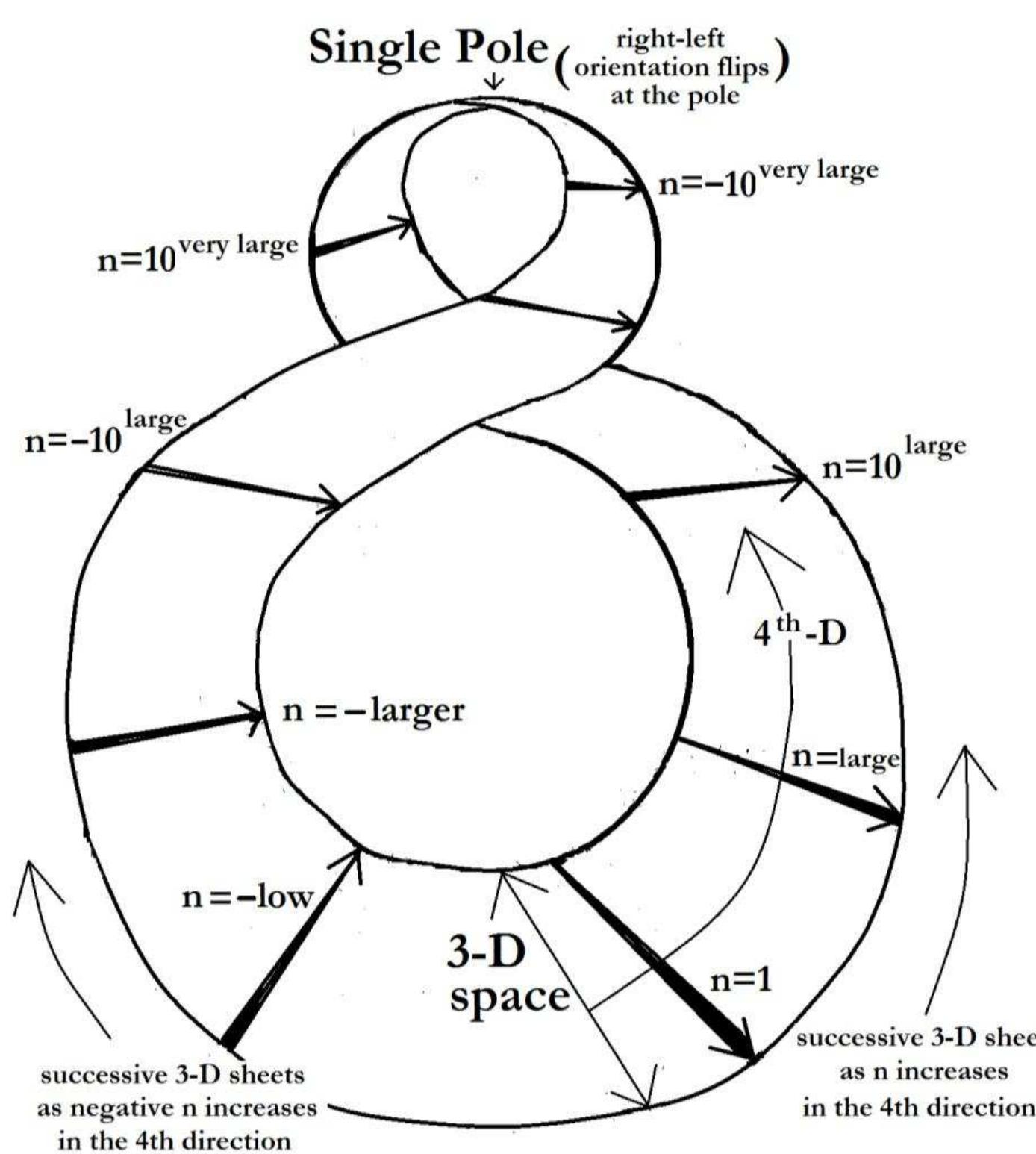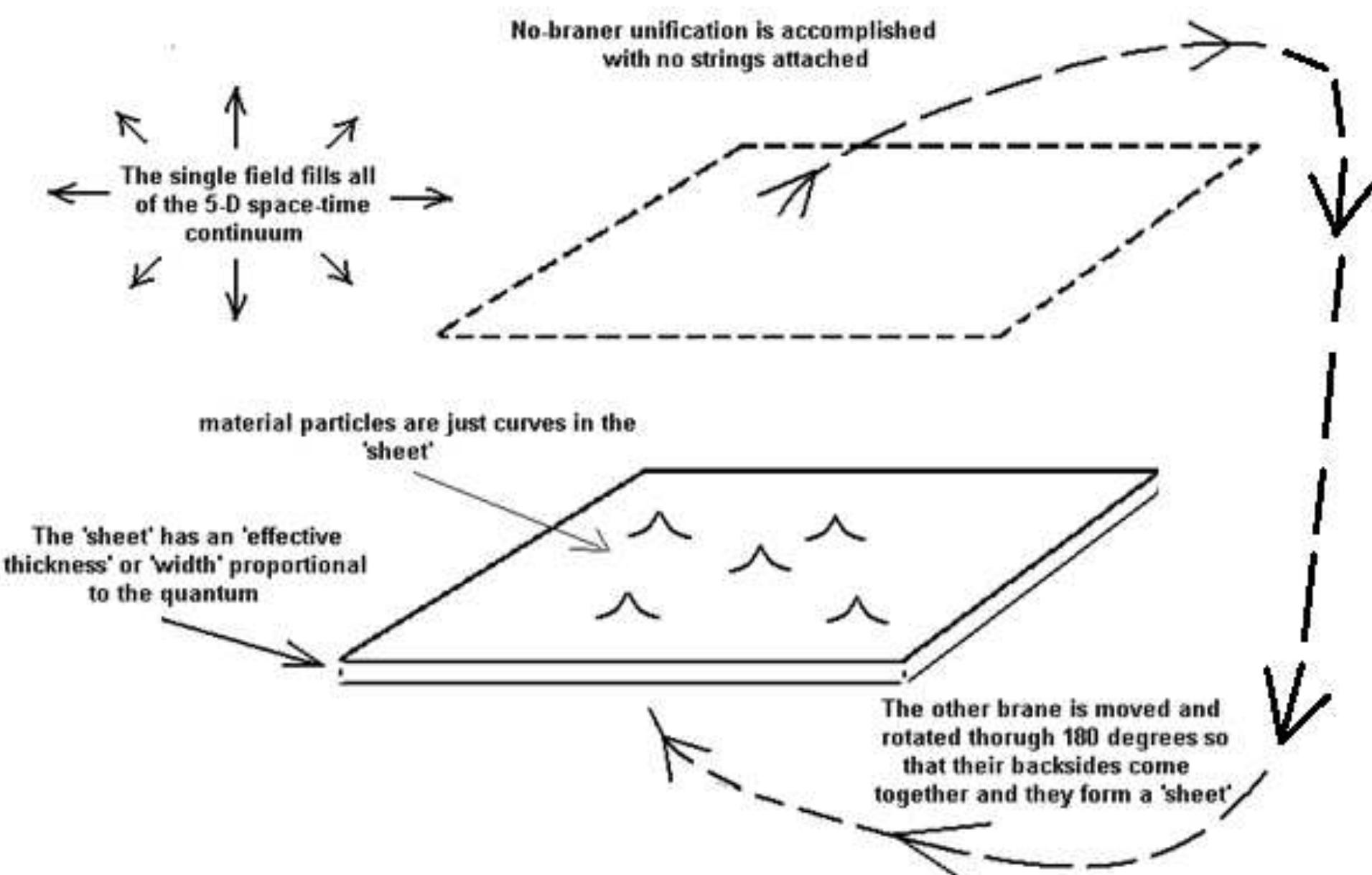Figure 46 – uploaded by James (Jim) E Beichler

Figure 46 The collision thus results in an inward pressure of -1/3 along the direction of motion and outward stresses of +2/3 and +2/3 of the electrical charge along the remaining two dimensions or directions of space inside the target proton. This configuration thus accounts for the —1/3, +2/3 and +2/3 electrical charge of ‘quarks’ from which the proton is constructed according to the Standard Model. This dimensional model of ‘quarks’ also explains why ‘quarks’ can never be found outside of the particles and nuclei in which they reside, solving one of the major dilemmas associated with ‘quark’ theory. TH: 2d so anche: bon ldbin “SAaandél? Bimdel weedbizre Geneiinwe méetendiimnd wl the donde ohEo I ole rteien| -~-Lhnéene
Related Figures (49)

















































Connect with 287M+ leading minds in your field
Discover breakthrough research and expand your academic network
Join for free